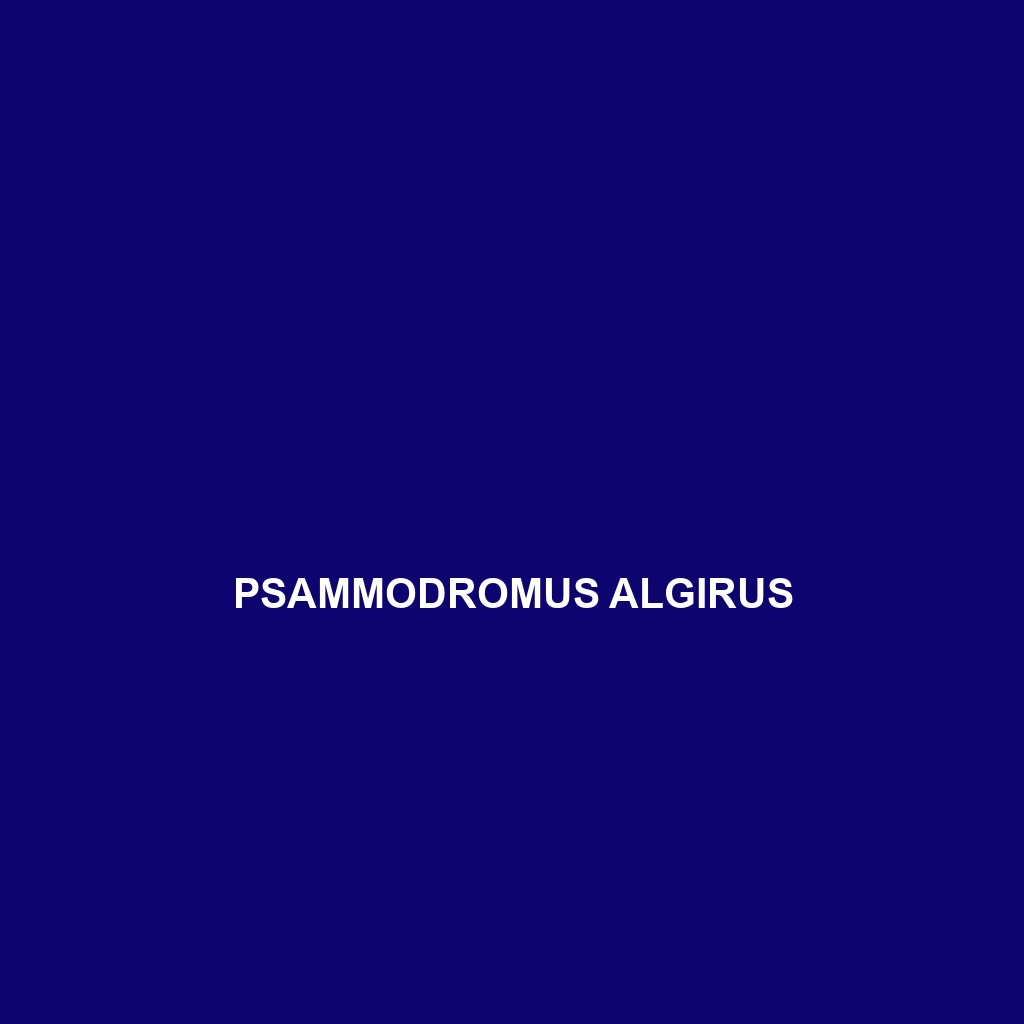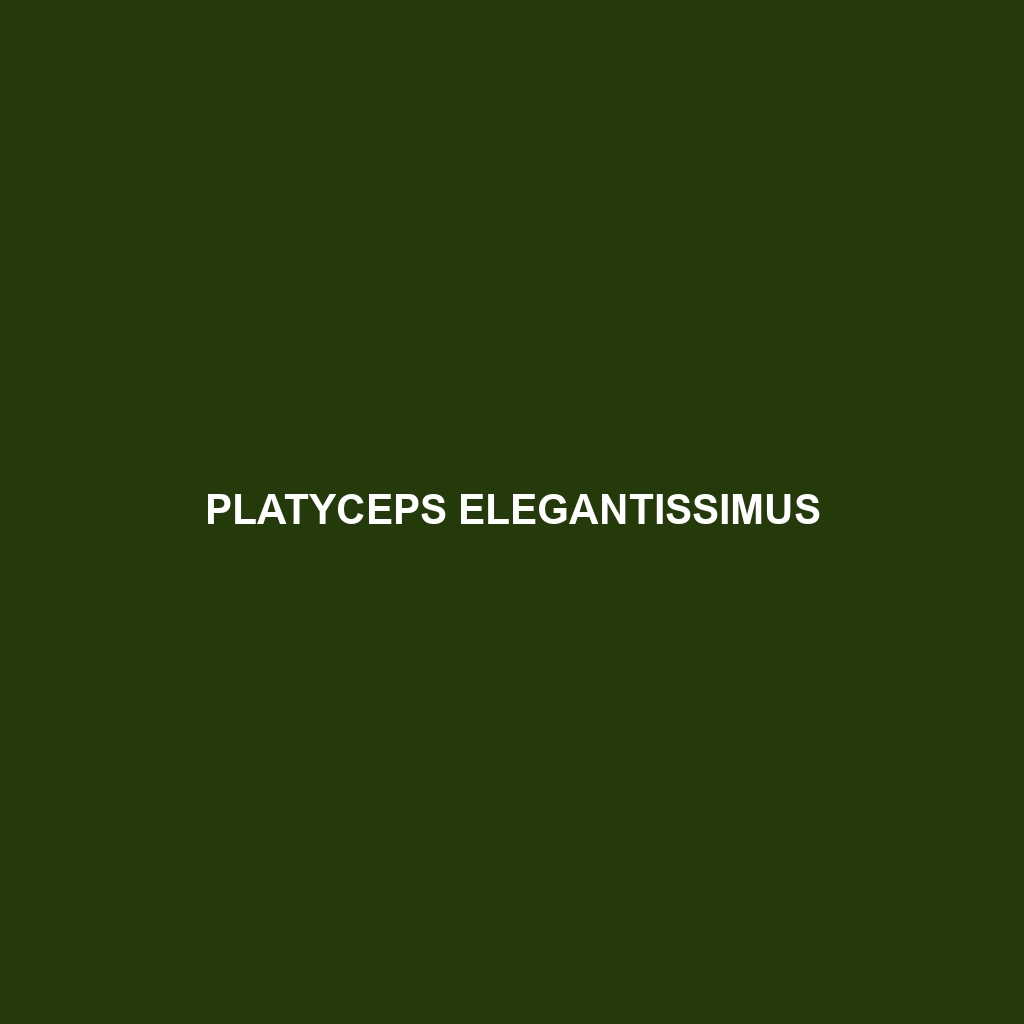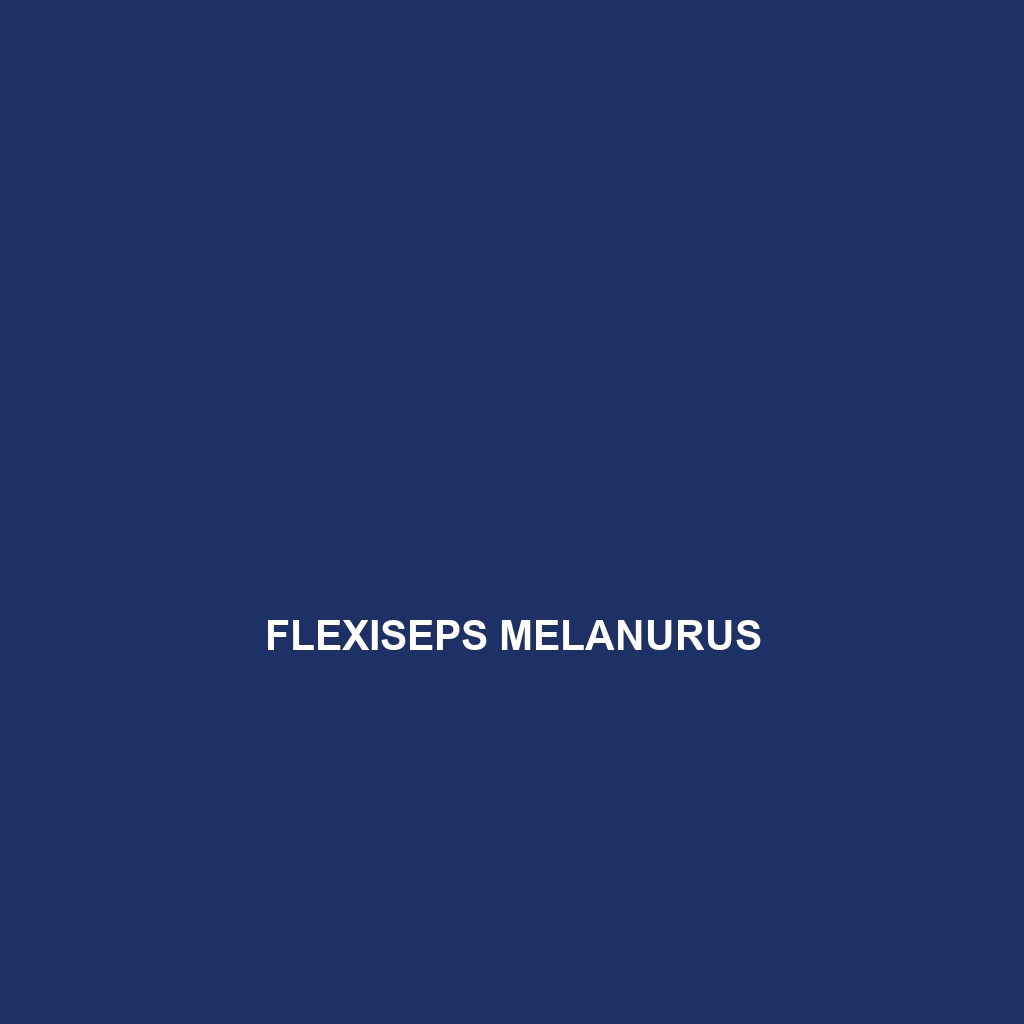<strong>Psammodromus algirus</strong>, or the Algerian Sand Racer, is a small, agile lizard native to the Mediterranean region, thriving in sandy habitats with well-drained soils. Known for its striking coloration and diurnal behavior, this insectivorous species plays a crucial role in controlling insect populations and serves as a significant indicator of ecological balance.
Tag: North African reptiles
Psammodromus algirus
<strong>Psammodromus algirus</strong>, or the Algerian Sand Racer, is a small, agile lizard native to the Mediterranean region, thriving in sandy habitats with well-drained soils. Known for its striking coloration and diurnal behavior, this insectivorous species plays a crucial role in controlling insect populations and serves as a significant indicator of ecological balance.
Platyceps elegantissimus
<p><b>Platyceps elegantissimus</b>, commonly found in the eastern Mediterranean, is a slender, colorful snake known for its remarkable adaptability to various habitats. This diurnal carnivore preys on small mammals and insects, playing a crucial role in maintaining the ecological balance within its environment.</p>
Flexiseps melanurus
Discover the <b>Flexiseps melanurus</b>, commonly known as the North African legless skink, a unique fossorial reptile characterized by its elongated body, smooth brown to olive green skin, and remarkable burrowing abilities. Found in diverse habitats across North Africa, this insectivorous species plays a crucial role in controlling insect populations and contributes to the ecological balance of its environment.
Cerastes gasperettii
Discover the Gasperetti's horned viper (Cerastes gasperettii), a striking nocturnal snake native to North Africa, known for its distinct horn-like projections, fascinating sidewinding locomotion, and ability to thrive in arid desert habitats. With a diet primarily of small rodents and lizards, this ovoviviparous species plays a vital role in maintaining ecological balance in its environment.
Bunopus tuberculatus
Bunopus tuberculatus, commonly found in arid regions of the Arabian Peninsula and North Africa, is a nocturnal insectivore characterized by its robust body covered in tubercles, flattened head, and unique locomotion. Classified as vulnerable due to habitat loss, this species plays a vital role in controlling insect populations and serves as a food source for larger predators.





